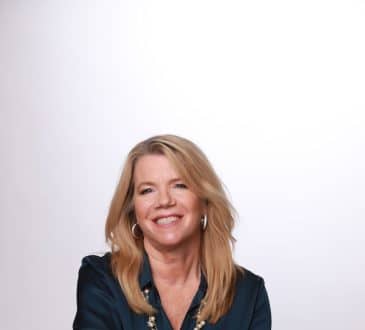How colors affect psychology and what consumers prefer

Colours are so important for our mood and they are also a determining factor regarding our consuming habits. They have a stronger impact compared to design and patterns, as far as packaging is concerned. They also play an important role in the decoration of our home and office and this is why we will talk about them today.
Basic colors and how to use them
White is often used to communicate cleanliness to the audience, as well as modernity and youth. For modernity and high-tech products, we can also use silver. Black on the other hand is supposed to be the color of power and it is for a reason why it is selected for luxury cars. In the middle of these extremes, we have the gray color, which is chosen in cases where people do not want to stand out and prefer to be in the shade.
As far as the basic colors are concerned, of course, red is associated with action and confidence. Research shows that red colors are the least likely to be involved in car accidents just because people can detect the color from a long distance. Can you imagine how important this criterion is? In the meanwhile, yellow is used to attract people that are willing to take risks and are generally happy.
Last but not least, blue is used for stability and safety. Actually, another research revealed that the combination of blue and yellow makes people feel safe and secure. It has been used by airline companies and insurance agencies to inspire customers and communicate the fact that the company is trustworthy and people can relax.
The secondary colors and their impact on people
Green has been proven to be the most pleasant color to the human eye. A theory that best explains the particular tendency suggests that the most common color in our surrounding environment for thousands of years, was green; the color of the trees. Since green was so abundant we got used to it. The presence of trees and therefore the green color would imply that there are food, proper temperature, and friendly conditions for the humans to survive.
Orange represents happiness and since it has a significant amount of red in it it also symbolizes confidence. Marketers that want to promote products that have to stand out from the competition on the shelves of a supermarket; products that people will not think a lot before they buy chose orange and red color very often because they excite us and catch our attention. The last secondary color is purple and it is linked to creativity, mystery, and spiritualism. It brings out a balanced combination of excitement and passion, calmness and beauty, and represents contemplative emotions.
The combination of colors – which are the best
There are three basic colors that exist without being formed by the combination of other colors; red, yellow, and blue. Other colors can be formed when we combine these three with each other, the so-called secondary colors. Specifically, orange is the result of red and yellow, green comes if we mix yellow and blue, and purple is the mixture of red and blue.
For every basic color, there is a complementary color that comes from the mixture of the other two basic colors. So the complementary color of red is green. Blue misses orange to be completed and respectively the complementary color of yellow is purple. The complementary colors are supposed to be a perfect match. When we bring two complementary colors next to each other, the colors look brighter and catch the attention of the eye.
In addition, when we put the two primary colors and their complementary color, together in an image we can also strengthen the impact of each color. For example, a picture that includes red, yellow, and orange is super bright and manages to pass the message of happiness, confidence, and alertness perfectly.
Warm and cool colors
Colors can also be divided into warm and cool. The warm colors are: red, yellow, and orange and they bring out a sense of bonding and joy. From a negative point of view, some people find warm colors stressful and they make them feel anxious. Spaces like the kitchen and the living room are often dominated by warm colors since in these places people hang out and want to be open and communicative.
Cool colors are the three colors that are left out of the six that we have presented above, meaning it is blue, green, and purple. Cool colors may often be boring for some of us, but at the same time, we have to admit that they are relaxing and ”heal” our pain and sadness. Working spaces can often have cool colors. Also, keep in mind that cool colors make objects appear further while warm colors make them look closer.
Bring the best of the CEOWORLD magazine's global journalism to audiences in the United States and around the world. - Add CEOWORLD magazine to your Google News feed.
Follow CEOWORLD magazine headlines on: Google News, LinkedIn, Twitter, and Facebook.
Copyright 2025 The CEOWORLD magazine. All rights reserved. This material (and any extract from it) must not be copied, redistributed or placed on any website, without CEOWORLD magazine' prior written consent. For media queries, please contact: info@ceoworld.biz











